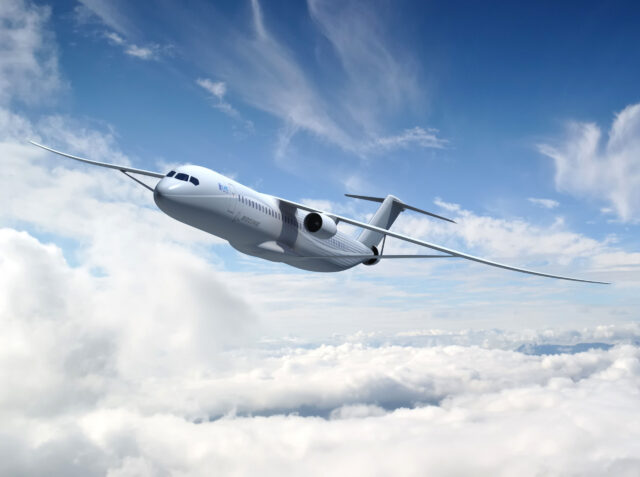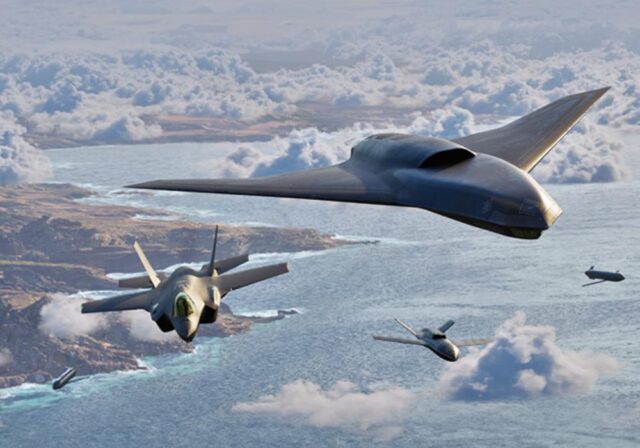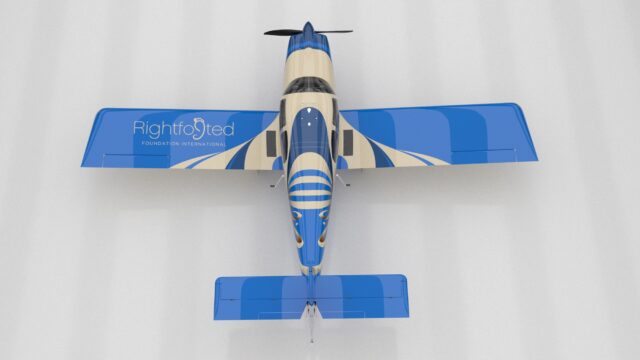Dutch F-35A downs Russian drone, earns first NATO defensive kill mark

October 3, 2025

A Dutch F-35A is now flying, sporting a kill mark for shooting down a Russian Shahed-style drone that was violating NATO airspace. This is the first known kill mark of a NATO aircraft that defended Europe from Russian violations.
Dutch F-35As score first aerial target in anger
On 9th September, the Royal Netherlands Air Force scored its first combat kill with its F-35A fighter jets as it defended NATO skies over Poland against intruding Russian drones. This was the first time NATO aircraft fired in anger to protect NATO airspace.

The F-35A has the tail number F-027 and is assigned to the 313th Squadron. Two Dutch F-35As took part in the mission, and it is unclear if the other aircraft shot first or not.
🇳🇱 Royal Netherlands Air Force F-35A (F-027) of the 313th Squadron with one UAV kill mark achieved during its sortie over Poland during the September 9th Russian drone attack on Poland.https://t.co/vYCOO05Rts pic.twitter.com/QlHKn0fRUw
— Jeff2146🇧🇪 (@Jeff21461) October 1, 2025
The jet was identified by open-source analyst Jeff21461 on X (formerly Twitter), who spotted a “kill mark” painted on the aircraft in a picture released by the Dutch Ministry of Defence on 30th September. The kill mark depicts a Shahed-style drone.
Polish Air Force in transition while Dutch transition completed
In 2024, the Netherlands became one of the first countries to fully transition to the F-35 Lightning II, retiring all of its ageing F-16 Fighting Falcons. The Dutch have received 40 of the 58 F-35As on order, including an extra order for another six aircraft placed in 2024.

Poland finds itself on the frontline with Russia and is in the process of a blistering armament. While many European countries are just now starting to rearm, Poland rushed to place large orders for new equipment to replace its ageing Soviet-era equipment, much of which has been donated to Ukraine.
But rearmament takes time, and for now, Poland remains partially reliant on other NATO allies (like the Netherlands) to help police its airspace. Poland ordered 36 South Korean KAI FA-50 light fighters to urgently replace its MiG-29s and Su-22s in 2022. In 2025, it signed an agreement to upgrade its 48 F-16s to the F-16V Block 72 “Viper” standard by 2028.
Here comes the cavalry. 🐎
— Lockheed Martin (@LockheedMartin) August 28, 2024
Introducing Poland’s first F-35A “Husarz”, honoring the legendary Winged Hussars cavalry. pic.twitter.com/20vQEa7Whr
Poland’s flagship fighter jet is to be the F-35A. Poland ordered 32 of these stealth fighters, with the first six built and currently used for training in the United States. The first F-35As are expected to arrive in Poland in 2026.
Strengthening Europe’s eastern flank
Russia is waging an increasingly brazen hybrid war against European NATO members to test the alliance’s unity. It has probbed NATO airspace with manned fighter jets as well as with drones, which were ostensibly ‘off course.’ Mystery drones recently flying over Danish airports are believed to have been launched from a Russian-linked oil tanker, now detained by France.

These are part of a larger hybrid war that includes GPS spoofing, disinformation campaigns, sabotage operations, electoral meddling, and targeted assassinations.
Part of the European response has been to deploy more assets in Eastern Europe. Dutch F-35s will remain in Poland until December 1st, while other European states are taking part in patrols of Polish and Baltic airspace. In December, the Netherlands will also station Patriot, NASAMS, and anti-drone systems in Poland to further strengthen air defence.
Dutch F-35s have intercepted Russian drones over Poland.
— Ruben Brekelmans (@DefensieMin) September 10, 2025
Within the NATO framework, our F-35s make a significant contribution to the defence of our collective security. This is precisely what we stand ready to do.
This is how we keep the escalating Russian threat at a distance. pic.twitter.com/fxZDbAXuTG
Europe has announced it will build a ‘drone wall’ to plug a yawning gap in its air defence network, which is designed to counter Russian missiles and fighter jets, but not masses of cheap drones.
Some European countries have also warned Russia that its fighter jets will be shot down if they violate NATO airspace again.
















